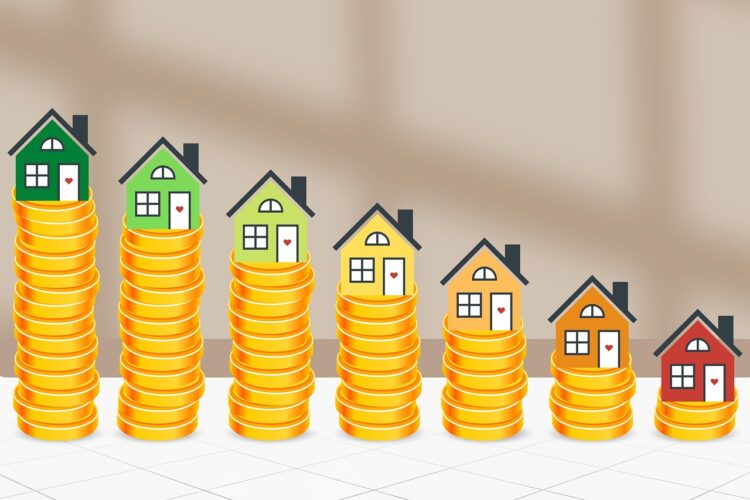Green Living Made Simple: Top Eco-Friendly Tips for Everyday Sustainability
In today’s world, where sustainability is no longer a choice but a necessity, embracing eco-friendly practices in our daily lives is imperative. Green living not only contributes significantly to environmental conservation but also improves our health and can lead to substantial financial savings. Here, we will explore practical, simple tips to integrate eco-friendliness into your day-to-day activities, elaborating on how adopting sustainable habits can be both easy and beneficial.
What is Eco-Friendly Living?
Eco-friendly living refers to making decisions and engaging in practices that are beneficial to the environment. This intentional lifestyle minimizes waste, reduces carbon footprint, conserves natural resources, and supports ecological balance. Transitioning to a more sustainable lifestyle might seem daunting initially, but with a bit of knowledge and some small changes, it becomes an effortlessly rewarding journey.
How Can I Start Living Greener Today?
Opt for Energy-Efficient Appliances
Replacing older, inefficient appliances with energy-efficient models can dramatically decrease the amount of energy your home uses. Look for products bearing the Energy Star label, a government-backed symbol for energy efficiency, to help cut down on your electricity consumption and lower your utility bills.
Embrace Renewable Energy Sources
Consider installing solar panels or switching to a green energy provider that sources electricity from renewable resources such as wind, solar, or hydro power. This transition not only reduces reliance on fossil fuels but also stabilizes your energy costs in the long term.
Reduce, Reuse, Recycle
Adopting the three Rs is a cornerstone of sustainable living. Aim to reduce your waste by choosing reusable options over disposable ones. Reuse items whenever possible, and be diligent about recycling according to your local guidelines to help reduce landfill waste.
Support Local and Organic
Purchasing local and organic foods minimizes the environmental impact associated with long-distance food transportation and supports local economies. Organic farming also reduces the amount of pesticide and chemical fertilizer runoff into natural water systems, promoting healthier soil and biodiversity.
Conserve Water
Water conservation is crucial for sustainability. You can reduce water usage by fixing leaks, installing low-flow fixtures, and choosing drought-resistant plants for your garden. Additionally, consider collecting rainwater to use for irrigation to further reduce your water footprint.
Choose Sustainable Transportation Methods
Whenever possible, opt for eco-friendly transportation options like biking, walking, carpooling, or public transit. For longer distances, consider trains over planes, and always investigate the most eco-conscious options available.
Green Your Home with Plants
Integrating plants into your home decor not only beautifies your space but also improves indoor air quality. Plants like spider plant, snake plant, and peace lily can help remove common contaminants such as formaldehyde and benzene from the air.
Addressing Common Questions in Green Living
Is It Expensive to Live an Eco-Friendly Lifestyle?
While some green products can be pricier, the overall lifestyle shift can lead to significant savings. Energy-efficient gadgets consume less power, while sustainable practices like using reusable items and conserving resources naturally decrease monthly bills.
How Do I Make My Home Energy-Efficient?
Start with simple steps: Seal any drafts around windows and doors to reduce heating and cooling costs, use LED lighting, and unplug appliances when not in use. Invest in good insulation, consider double-glazing your windows, and use smart thermostats to improve your home’s energy efficiency.
Can Eco-Friendly Practices Really Make a Difference?
Absolutely. Individual actions add up, and collective efforts can lead to substantial environmental benefits. By adopting eco-friendly practices, you can reduce pollutants, conserve resources, and set a positive example for others to follow, thereby facilitating broader environmental change.
Conclusion: Embrace Simplicity for Sustainability
Embarking on a journey of green living doesn’t have to be overwhelming. By incorporating simple, sustainable actions into our daily routines, we can contribute positively to our planet while leading healthier lives. Remember, the key to successful green living lies in making informed, conscious choices—start small, think big, and stay committed to the cause. The journey to a greener planet begins with your next decision.









